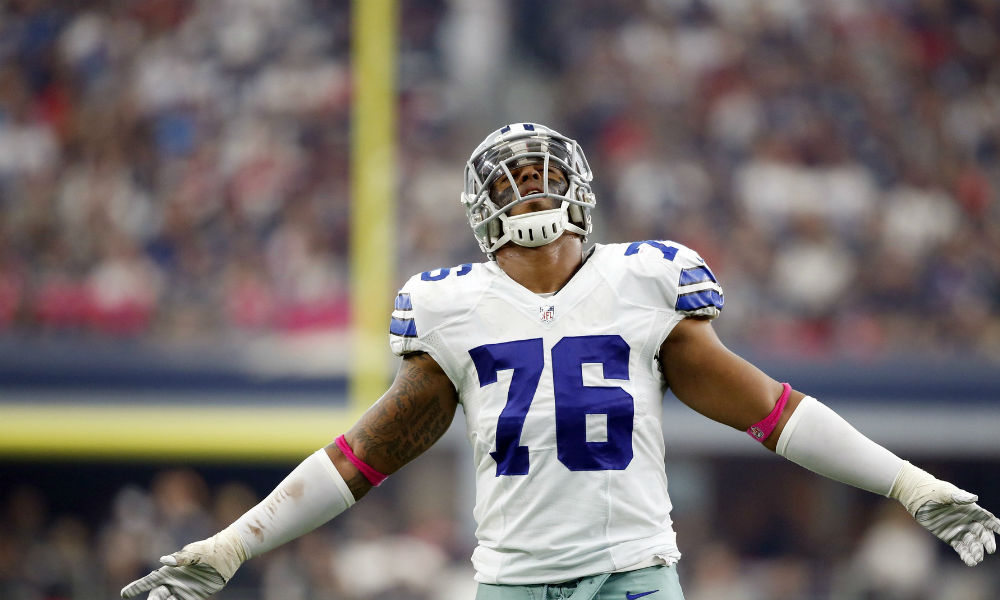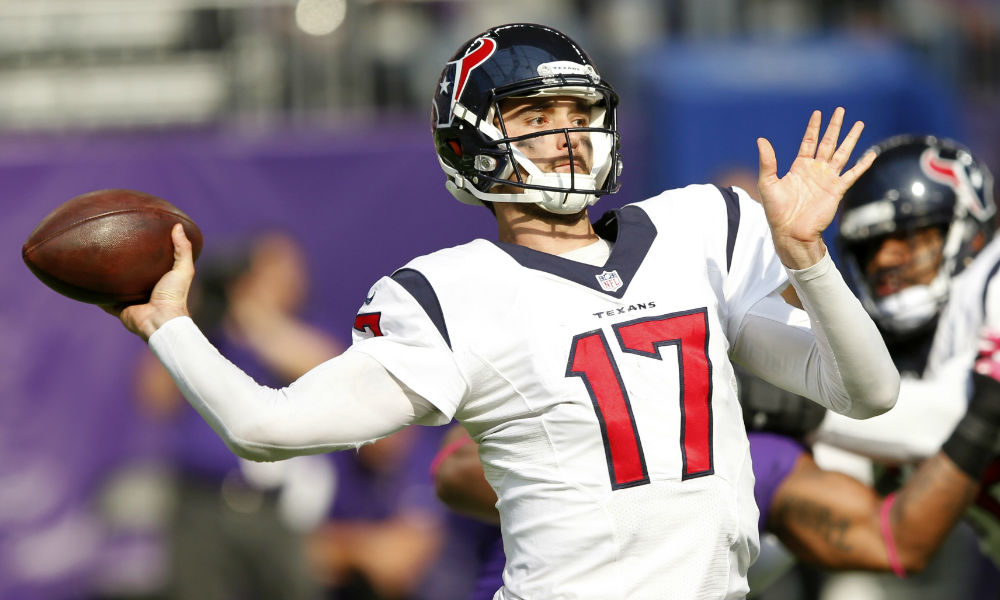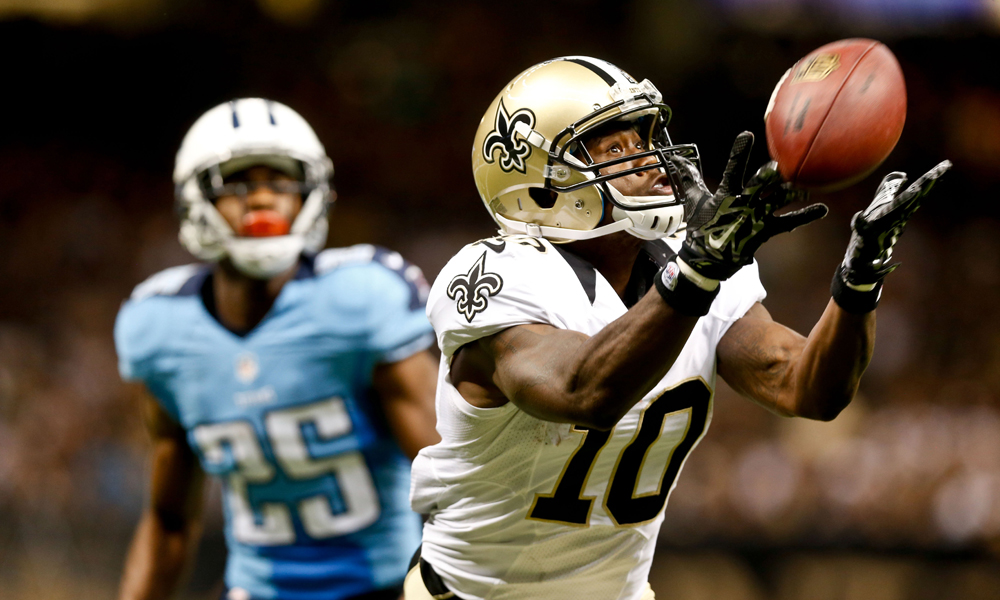News
Building The Ideal NFL Prospect at Wide Receiver
No player is perfect, but that won’t stop us from trying to building one. Look inside for which player’s we would combine to make the perfect wide receiver.
The level of talent at the wide receiver position has been booming as of late. The supply of productive and impactful wide receiver has reached possibly the highest rate since the NFL’s inception. Take the 2014 draft as an example; there were dozens of wide receivers who made significant impacts on their squads from the human highlight reel Odell Beckham Jr. to the very solid Davante Adams.
While this year’s crop of receivers may not be as good as last year, they are certainly not lacking talent as it is once again one of the deepest positions in the draft.
Therefore, there are numerous combinations that you could use to build the perfect wide receiver prospect, as it will likely just come down to personal preference. With that in mind, let’s take a look at how we at Football Insiders would build the perfect wide receiver prospect.
Size: Dorial Green-Beckham, Missouri
Size at wide receiver is an extremely valuable trait because it allows the receiver to make up for athletic deficiencies. Look at Carolina Panthers receiver Kelvin Benjamin; he isn’t exceptionally athletic and he doesn’t run great routes, but his size allows him to box out opposing defensive backs and produce at a high level.
This year, Missouri’s Dorial Green-Beckham has the type of size that coaches dream of. At 6-foot-5 and 237 pounds with 32.5-inch arms, Green-Beckham is a huge target for his quarterbacks to throw to. Also, his size doesn’t limit his athleticism as evidenced by his 4.49-second 40-yard dash. Green-Beckham’s size will make him a favorite target for any quarterback because of his huge catch radius. Quarterbacks don’t have to throw the perfect ball for him to be able to catch it and that is an extremely valuable asset.
Athleticism: Chris Conley, Georgia
Athleticism is extremely important for wide receivers because they are using a full repertoire of athletic traits throughout the game. A player’s ability to take the top off a defense with his long speed his extremely valuable, but so is his ability to quickly change directions and accelerate quickly off the line of scrimmage.
Before the NFL combine, Georgia’s Chris Conley was a relatively unknown name; that changed once he posted one of the best performances of a wide receiver to date. Conley ran a 4.35-second 40-yard dash, to go along with a 4.3-second short shuttle, a 7.06-second three-cone drill, a 45-inch vertical and a 11.58-feet broad jump. This stellar display of athleticism led to Rotoworld’s Zack Whitman stating that Conley had the highest pSPARQ, a metric used to measure a player’s athleticism, out of all the wide receivers in the combine and in the 98.9 percentile of wide receivers in the NFL. In layman’s terms, Chris Conley is an athletic freak.
Hands: Kevin White, West Virginia
The most important thing that a wide receiver must do is catch the ball and even though this may seem simple, it is something that is often overlooked when looking at receivers. You want receivers who natural catch passes and who can seamlessly pluck a ball out of the air in a variety of conditions.
West Virginia’s Kevin White may have the best hands in the draft this year. White consistently hauls in difficult and even inaccurate passes. He can win at the catch point and he can also catch contested balls in tight areas. Like many players, White can have some focus drops where he turns to run before he has secured the ball, but that is easily fixable. He has soft hands and routinely plucks balls out of the air away from his body to go along with incredible hand-eye coordination. If you want a reliable receiver who will consistently catch the ball, White is your guy.
Route Running: Amari Cooper, Alabama
The subtleness of route running has been the aspect of playing wide receiver that makes the transition from college to the NFL so difficult. They usually don’t run the full route tree and they lack an understanding of how to manipulate the stems of their route to cause different reactions from defensive backs.
You don’t have to worry about Alabama’s Amari Cooper in that respect. Cooper has a verteran-esque understanding of how to run a wide variety of route concepts. He understands how to beat press-man coverage and he knows how to use his body to manufacture space between him and the defender. He is adept at every level of the defense and he is extremely lethal at the top of his routes where he creates the most separation. While many receivers will have a large learning curve entering the NFL, Cooper should be able to transition extremely well because of his route-running ability.
Blocking: Kenny Bell, Nebraska
The most underrated trait of a wide receiver’s skill set is his ability to block. Look at almost any long run in the NFL and you will see wide receivers blocking their tails off. While receivers don’t get paid to block, they will be expected to be at least average at it or they won’t see the field as much as they should.
Nebraska’s Kenny Bell is one of the few receivers who wants to block and showcases the physical and mental toughness to thrive in those situations. Bell was asked to perform numerous difficult blocks in Nebraska’s scheme and he did it extremely well. On a few occasions, Bell’s block was what sprung Ameer Abdullah for some of his longest runs. Bell has good hand placement and showcases a foundational knowledge of how to turn and push defenders while blocking. It isn’t often that you see receivers asked to block linebackers, but Bell was and he did an extremely good job at it.
News
Buccaneers admit mistake, boot Aguayo
Source: Mike Florio of ProFootballTalk
Powered by WPeMatico
News
Did Bucs put too much pressure on Aguayo?
Source: Mike Florio of ProFootballTalk
Powered by WPeMatico
News
Broncos holding their breath on Derek Wolfe
Source: Mike Florio of ProFootballTalk
Powered by WPeMatico




